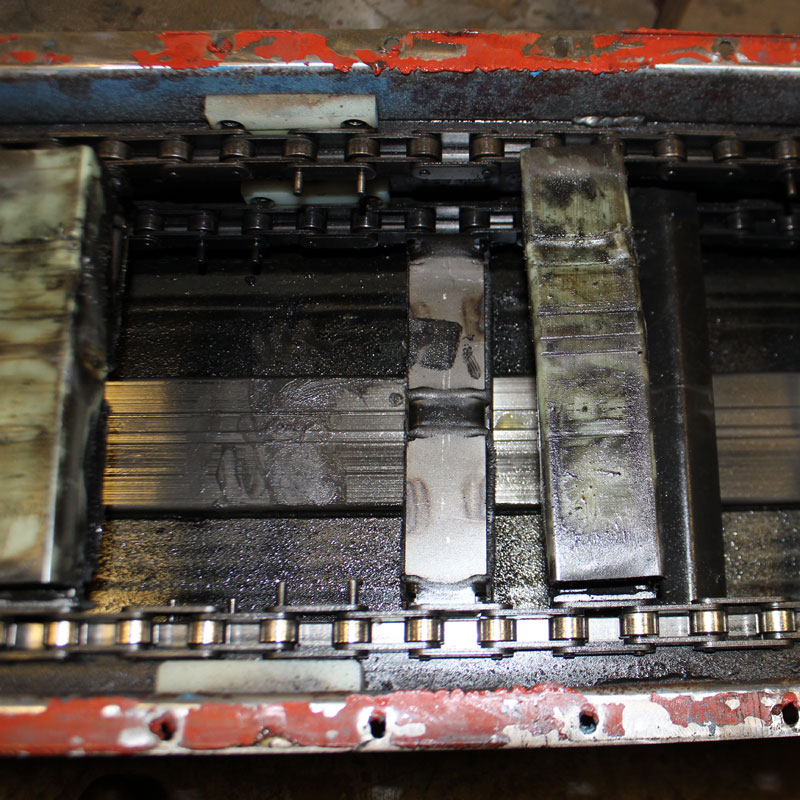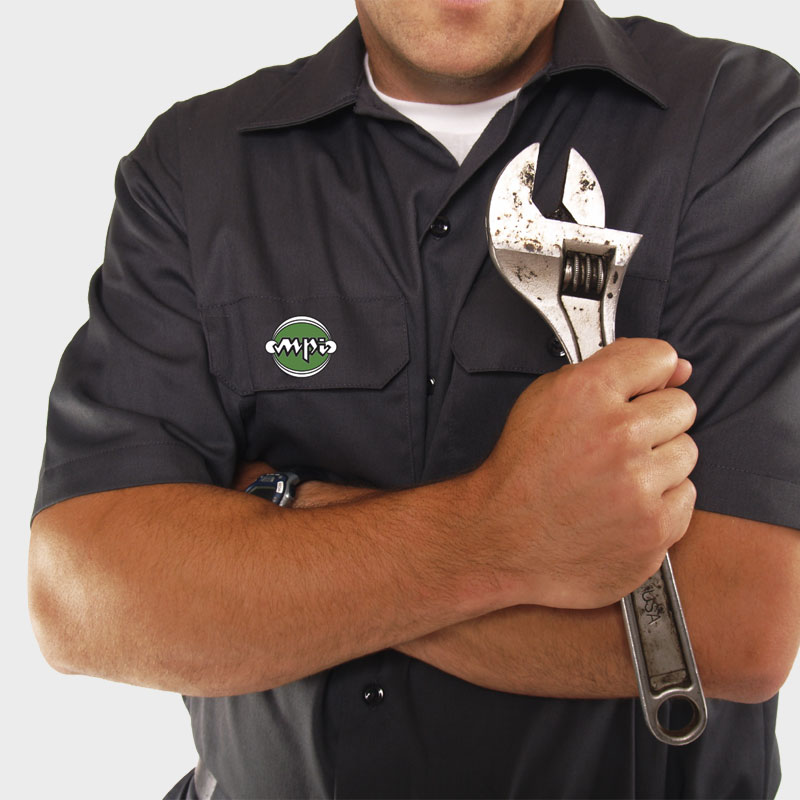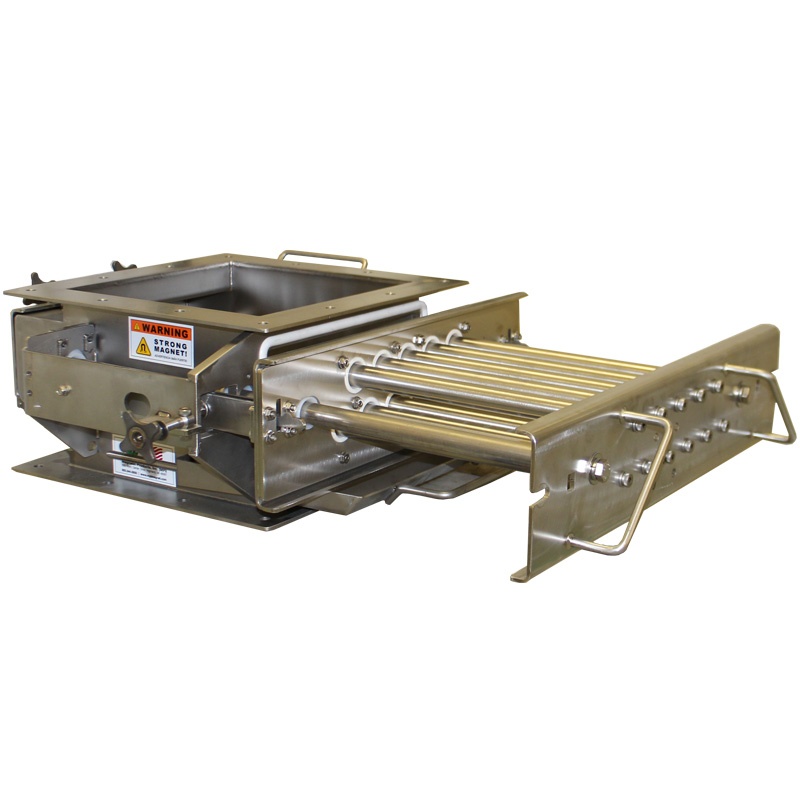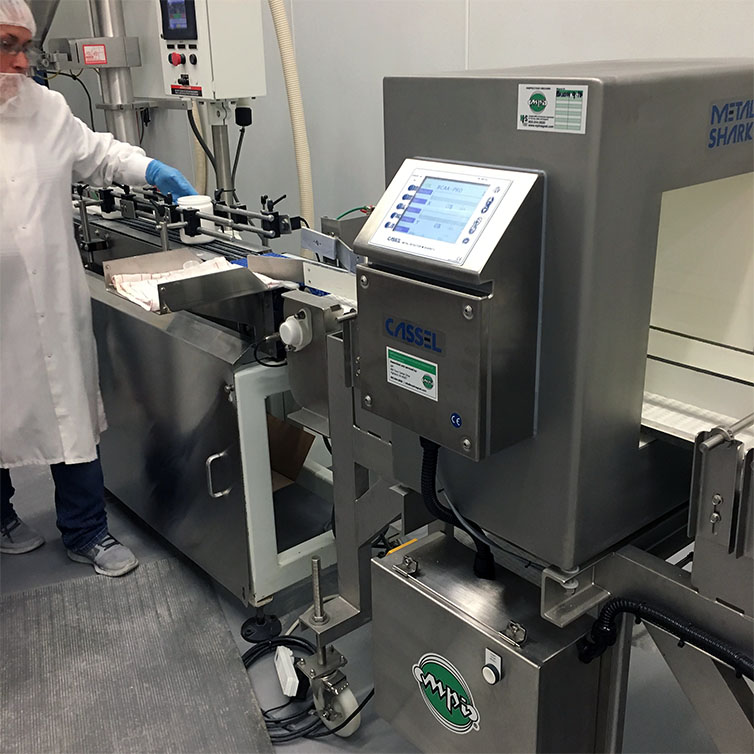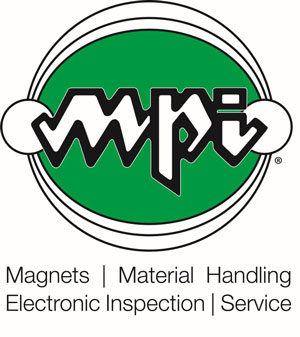Know Your Application Before Being Pulled (Fooled) by the Strongest Magnet
Introduction.
Marketing can be so persuasive. After reading an ad describing the Ferrari 458 Italia as “fast like lightning” and “swift like the wind,” and proclaiming that all who possess one are “kings of the road who rule the world,” naturally your daydreams place you right in the driver’s seat gripping the wheel. Fortunately, before reaching for your wallet, you analyze your current situation and realize that the two-seater sports car probably isn’t the best choice at this point in your life. How would you pick up your three kids from school or tow your boat?
Similarly, you might be swept away by ads about magnets that read, “We sell the strongest magnets in the industry,” “We have the highest gauss,” or, “We have the highest pull test value.” How can you go wrong with such claims? This magnet must be the one to separate ALL metal contaminants from your food processing line, right? Well, as in the case of the Ferrari, a warning sign should go up, stating, “This product may not fit your needs.” The strength of the magnet may not be the most important factor to consider. First and foremost, you need to think about the details of your manufacturing application and the environment in which the magnet will function, then you can determine which magnet is best for your separation process. It is advisable to consult with a magnetic separator supplier who has expertise and historical knowledge of which systems work and which do not.
History.
Magnets have been used to remove ferrous contaminants in the industrial environment since the 1940s, when they were first used to help farmers remove metal contaminants from grain chutes. Today, food, pharmaceuticals, plastics, and other industries continue to use magnetic separators to remove metallic contamination that can pose a safety risk to consumers and damage processing equipment.
Metal contamination can originate from incoming raw materials that are contaminated during transportation or upstream processing. Grinders and crushers within the plant are notorious for flaking off fine metal pieces due to general abrasion and losing nuts and bolts from vibration. Although less likely, a food processor also needs to guard against a plant worker accidentally dropping a metal object into a stream or container of raw material.
Magnet Terms.
OK, let’s not go crazy with magnet terminology, but let’s appreciate enough to talk the talk. In simple words, you want a magnet that will (1), reach out and grab a metal contaminant within your product that is being processed, and (2), hold it tight until the magnet is cleaned. Of course the magnet is fixed in place, so it needs to “reach out” and capture ferrous tramp metal, holding it to its working surface, the surface which the product is coming into direct contact with. The reach out of a magnet is the distance from the working surface at which a magnetic field is effective at capturing the target tramp metal. The distance the magnetic field can reach out depends on the pole spacing of the magnets. The pole spacing is the distance between the north and south poles of the magnet. The closer the poles, the lower the reach out and higher the holding value. The farther apart the poles, the farther the reach out but the lower holding value. The airgap of a magnet can also affect the magnet’s holding power. This is the distance between the magnetic poles and the magnet’s working surface. These factors introduce a balance of trade-offs which must be considered in magnetic separator design to build an effective magnetic circuit.
There is usually a compromise between the reach out and the hold value. Most often, the greater the magnetic field strength at the surface of the magnet means less reach out and more hold value, so your magnet may be very strong but can’t as easily pull contaminants out of the product flow. The less the magnetic field strength means more reach out and less hold value, so your magnet can easily pull contaminants out of the product flow, but may not be able to hold onto them long before becoming overloaded. All this depends on the magnetic circuit design, or the way the magnetic material is partnered with steel to create desired magnetic field properties. As you can see, having the strongest magnet may not be the best choice for your specific application. One must first define what “strongest magnet” actually means, then the magnet’s value to you really depends on how the magnetic field strength influences the reach out and hold values needed for your application.
Gauss measures the magnetic field strength of a magnet using a gauss meter, and a pull test is used to measure the holding value of a magnet most accurately using a digital scale. Gauss testing has been accused of being inaccurate, which isn’t really true. The measurements are accurate for a given point in space, but since a magnetic field is three-dimensional, multiple gauss measurements are needed to get a full picture of a magnetic field parameter, and this is extremely difficult to complete outside a laboratory environment. The pull test is a much simpler and more consistently repeatable and reliable test because it measures a steady state phenomenon: the ability of the magnet to hold a piece metal at one place in space. Although claims have been made stating that pull test equipment is not certifiable, that is no longer true with today’s digital technology. A reputable pull test kit supplier should provide you with an option to have your scale certified and documented by the National Institute of Standards and Technology (NIST) to ensure legitimacy and accuracy.
Steps in choosing a magnet.
Probably the most important step in choosing a magnet is to identify a magnet supplier that is willing to work with you to find the best magnet for your application. The supplier should discuss with you your process and what you are trying to achieve with your magnetic separation. Find out what the company’s experience is with any similar processes, and ensure yourself that they will stand behind their recommendation for your specific application. The factors you should consider discussing are:
Overall process. How is the processing line organized? Is the product traveling on a conveyor belt or down an incline chute, flowing through a cascade of grates, or coming through an inlet port? Is your main concern protecting your equipment from metal items such as nuts, bolts, or screws? Or do you need to purify your product from fine particles of contaminating ferrous metal? How much contamination needs to be removed? How often is your line available to shut down to clean the magnet? What level of purity is needed? Due to system constraints, a single magnet separator may not remove 100 percent of the metal contaminants in the product, so if the required level of purity is very high, multiple magnet separators may be needed.
Flow characteristics of product. Is the product that is being processed dry, moist, or liquid? This is an important consideration of “flow.” Is the material consistent or variable in size? What is the depth of the product flow? The closer the flow of material is to the magnet, the better chance the magnet will be able to effectively perform its job. If you are trying to remove metal contaminants from free-flowing products such as powder or granules, a magnetic separator such as a drawer magnet, designed around a tube magnet platform, might be the best choice. Tube magnets offer excellent hold value during filtration, and the limited reach out of each tube is compensated for by the drawer configuration in which multiple tiers of tubes are arranged in a staggered design.
Consistency of product material. Will the product flow easily through the separator, or are there chunks? Chunks present two problems: First, it is difficult to pull out a piece of metal that is separated from the magnet by a large, dense lump of product. Also, these chunks may cause bridging in the separator and prevent proper flow. Fortunately, a plate magnet can be designed for reach out to overcome the challenges associated with dense material and product bridging. A magnetic chute which incorporates plate magnet separators can be used as a simple, economical solution.
Flow rate of product. What is the product flow rate? How much volume of product travels through your processing system, and what is its bulk density? Is the material presented to the separator in a continuous manner or in discontinuous surges? Magnetic separators must be able to pull the contaminant away from the rest of the product, so the flow must be adjusted or the magnet separator must be correctly specified and sized to offer sufficient magnetic exposure to the product.
Temperature. Is processing of the product or cleaning of the equipment taking place at an elevated temperature, which could potentially cause the magnet to lose strength? It is important to know magnetic properties for the temperature at which the magnet is to be used and to know if any loss of strength is reversible when the temperature returns to ambient. A magnetic separator supplier can provide information about the use of magnets made of different materials and their temperature tolerances.
Cleaning. How is the trapped metal to be removed? Can the system be stopped for cleaning, or is a continuous cleaning magnet needed? If the system is to be manually cleaned, will it be easy enough for your employees to access the magnet, or do you need a self-cleaning separator?
Reminder and Summary.
Interaction of the magnet with the product and surrounding elements over time can lead to corrosion and abrasion. Any change you make to the overall process, such as an increase of the volumetric flow rate, can affect the magnet’s performance. Product changes in density, consistency, or granulation can have an effect.
Remember, the performance of the magnet that you finally choose is based on your particular manufacturing process today. Once it is in place, it should be tested annually or any time a change is made to your process to make sure it is still performing optimally. As previously discussed, the most repeatable and reliable test for a production environment can be completed using a digital scale, but testing can also be completed with a gauss meter.
Choosing the right magnet for your application is like buying an insurance policy for your product and your equipment. Take the time to make the right choice by first consulting an expert magnet supplier who can educate and work with you on the best design. Your final decision is a proactive way to ensure equipment protection, product purity, and brand integrity.



